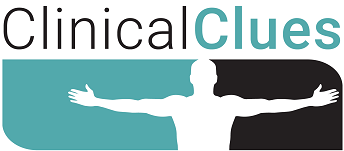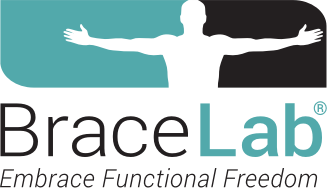Mastering the Single-Leg Squat (SLS)

October 2022 No. 29
Mastering the Single-Leg Squat (SLS)
by Jerry Ditz, DPT, Dip. Osteopractic, Cert. SMT, Cert. DN
The Single-Leg Squat (SLS) Test gained popularity when used as part of return-to-play criteria for athletes recovering from anterior cruciate ligament reconstruction. In recent years the SLS test has been used to determine injury risk in athletes in athletes and movement dysfunction in individuals with knee osteoarthritis and stroke. Although accurate administration of the SLS test is straightforward, proper exercise progression to regain a successful single-leg squat is challenging if the patient cannot complete this complex movement when tested.
Below is a suggested patient progression to master the single-leg squat; the example given is for regaining a left-leg single squat.
• To ascertain the appropriate exercise level, have your patient start at Step 1, attempting 10 repetitions of each exercise step until they reach a step which they cannot do correctly for 10 repetitions.
• Then have the patient perform four sets of 10 repetitions of the last step of which they did 10 successful repetitions. This will refine this movement pattern and build strength. Next, have the patient attempt two sets of 10 repetitions of the step they were unable to complete correctly, realizing the technique for these 10 repetitions may not be perfect, but the patient will build strength and start learning a new movement pattern.
• When the patient can complete ten repetitions of one step with correct body mechanics, progress to the next step, repeating the sequence.
Mastering these progressions will require time and practice, but when your patient can complete these successfully, their functional strength will improve to allow them to get back to doing what they love.


